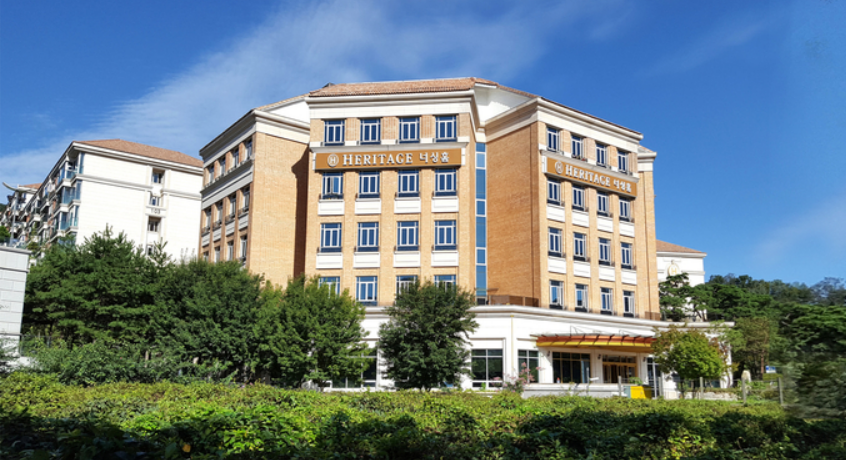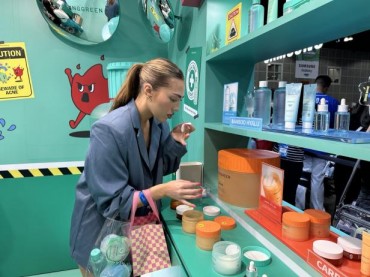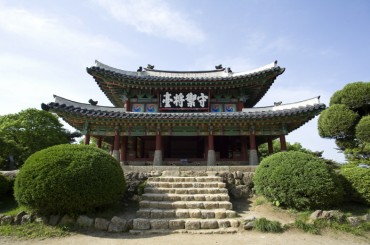
With an aging population, the number of nursing homes is on the rise, and the high-end nursing home market has recently gained attention. Pictured here is The Heritage Nursing Home, which was recently acquired by pharmaceutical giant Chong Kun Dang Industry. (Image courtesy of Chong Kun Dang Industry)
SEOUL, Mar. 12 (Korea Bizwire) – In a striking reflection of South Korea’s demographic shifts, numerous kindergartens and childcare centers across the nation are shuttering their doors, succumbing to the dual pressures of plummeting birth rates and an aging population.
In response, a growing number of these institutions are pivoting to serve the elderly, transitioning into care facilities to meet the rising demand for senior services.
In Gwangju, as the new school term commenced in March, the local education office reported that 13 kindergartens had permanently closed or paused student admissions. Among them, five had failed to meet the minimum enrollment criteria of five students per class over the past three years, leading to their closure.
Similarly, South Jeolla Province has witnessed the closure of 99 childcare centers over the last three years, reducing the total from 1,051 in 2021 to 952. Alarmingly, 94 of the 297 towns and villages across the province’s 22 districts now lack even a single childcare facility.
This scarcity has contributed to the conversion of childcare infrastructure into facilities catering to the elderly, with nearly 30 such transformations recorded over the past decade.
Jeju Island is experiencing the same trend. A social welfare corporation in Seogwipo recently shut down its childcare center due to dwindling enrolment, exacerbated by the low birth rate, and inaugurated an elderly care facility in its stead.
What was once a thriving center with 100 children has dwindled to just three, prompting the difficult decision to close.
Kim Cheol, the head of the Gyeongpyeongjae Senior Welfare Center, shared his perspective with the Kukmin Daily. “When we first opened the childcare center in 1994, both floors were filled with children.
Considering the declining number of children in the city, it seemed unlikely the situation would improve in rural areas, leading us to change our organization’s bylaws and open a day care center for the elderly,” Kim explained.
This nationwide trend, as highlighted by Kim Young-joo, a member of the People Power Party, shows a significant uptick in childcare and kindergarten facilities transitioning to long-term care services, with 194 instances recorded over the last ten years.
While only 16 conversions occurred from 2014 to 2018, a staggering 50 took place in 2022 alone.
Experts are sounding the alarm, cautioning that the lack of childcare infrastructure could exacerbate the cycle of regional decline and population decrease. This situation underscores the urgent need for comprehensive measures to bolster early childhood care and address the challenges posed by South Korea’s aging society.
M. H. Lee (mhlee@koreabizwire.com)






